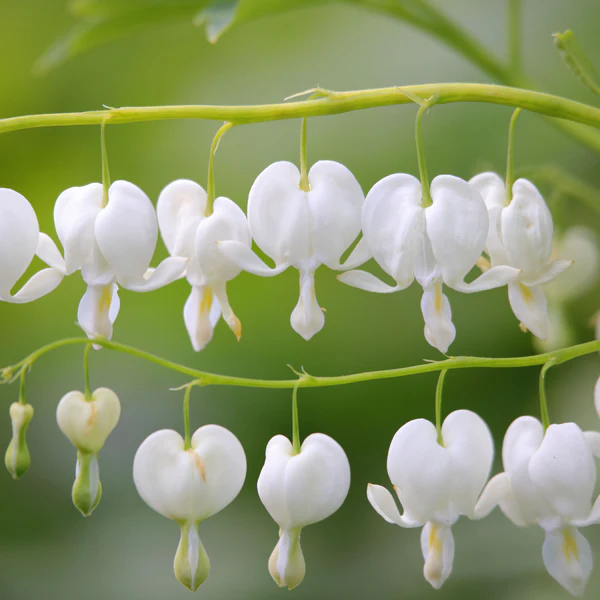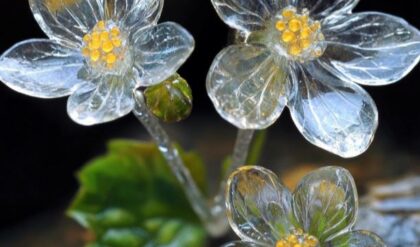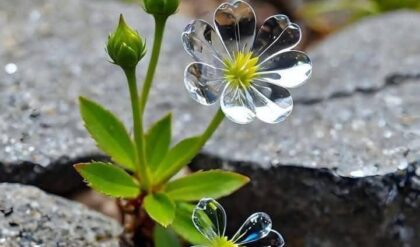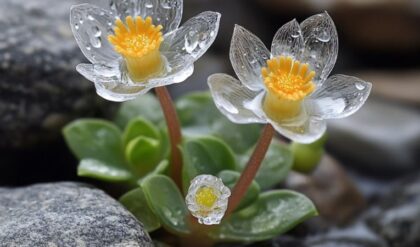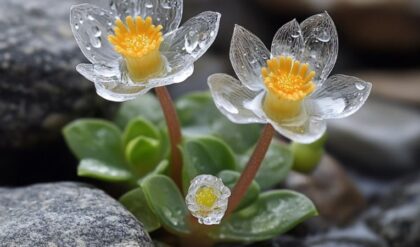The Bleeding Heart (Lamprocapnos spectabilis), often referred to as the Heart Flower due to its distinct heart-shaped blooms, is a charming perennial known for adding beauty and color to any garden. Its pink and white, heart-like flowers create a romantic and graceful appearance. Growing this delicate plant is relatively simple if you provide it with the proper care. Here’s a comprehensive guide to growing Bleeding Hearts.

Choosing the right location is crucial. Bleeding Hearts thrive in partially shaded areas, where they receive morning sunlight and are shielded from the harsh afternoon sun. This mimics their natural woodland habitat. Too much direct sunlight can damage their foliage, while too much shade may result in fewer blooms.
When it comes to soil, Bleeding Hearts prefer moist, well-drained soil enriched with organic matter. Adding compost or organic mulch will help retain moisture and improve soil quality. Slightly acidic to neutral soil (pH between 6.0 and 7.0) is ideal for their growth.
For planting, it’s best to plant Bleeding Hearts either in early spring or fall. They can be grown from root divisions or purchased as nursery plants. Dig a hole twice the width of the root ball and as deep, and space plants about 24 inches apart to allow room for their natural growth.
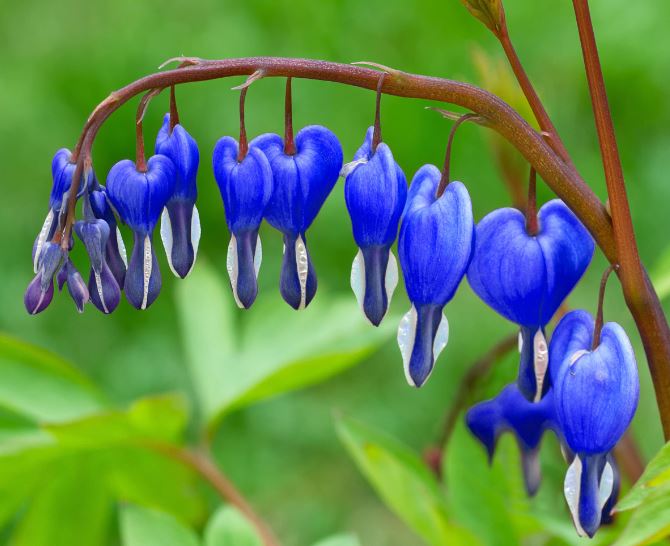
Bleeding Hearts need consistent moisture but should not sit in soggy soil, as they are susceptible to root rot. Water them deeply once or twice a week during dry periods, ensuring that the soil remains moist but well-drained.
Fertilizing is an essential part of keeping Bleeding Hearts healthy. They benefit from organic fertilizers or a balanced slow-release fertilizer applied in early spring, which will encourage strong growth and more abundant flowering.
Adding a layer of organic mulch around the base of the plants helps retain moisture and keeps the soil cool. Use compost, leaf mold, or bark as mulch, applying it to a depth of 2-3 inches.
Once the blooming period ends in late spring or early summer, the plant may enter dormancy. During this time, it’s helpful to cut back the foliage to tidy up the garden and prepare the plant for the following growing season.
Though Bleeding Hearts are generally pest-resistant, they can occasionally attract slugs, snails, or aphids. Keeping the garden clean and using organic pest control methods can help manage these pests. Additionally, ensure proper drainage to prevent root rot, one of the few diseases that can affect them.
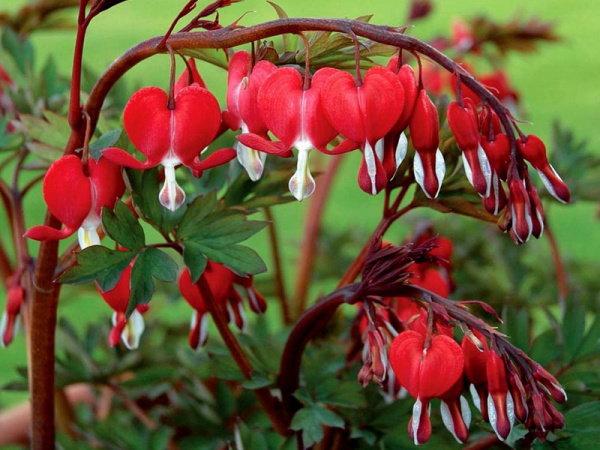
If you want to propagate Bleeding Hearts, the easiest method is by dividing the roots in the fall. Dig up the plant and gently divide the root clumps into smaller sections, ensuring each division has healthy roots.
Bleeding Hearts can also be grown in containers. When doing so, make sure the container has proper drainage and use a high-quality potting mix. Place the container in a shady spot and water regularly to maintain soil moisture.
In conclusion, growing Bleeding Hearts is a rewarding experience that adds a touch of elegance and romance to your garden. With proper care and attention to their light, soil, and watering needs, these heart-shaped blooms will continue to delight you year after year.
